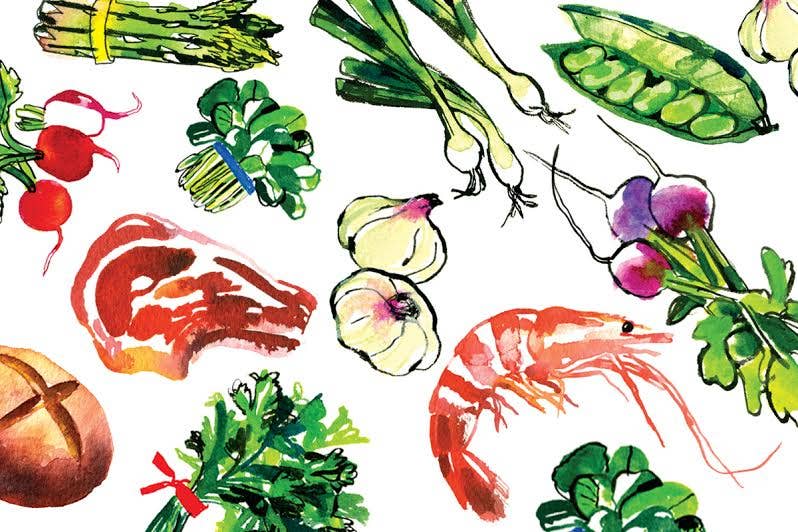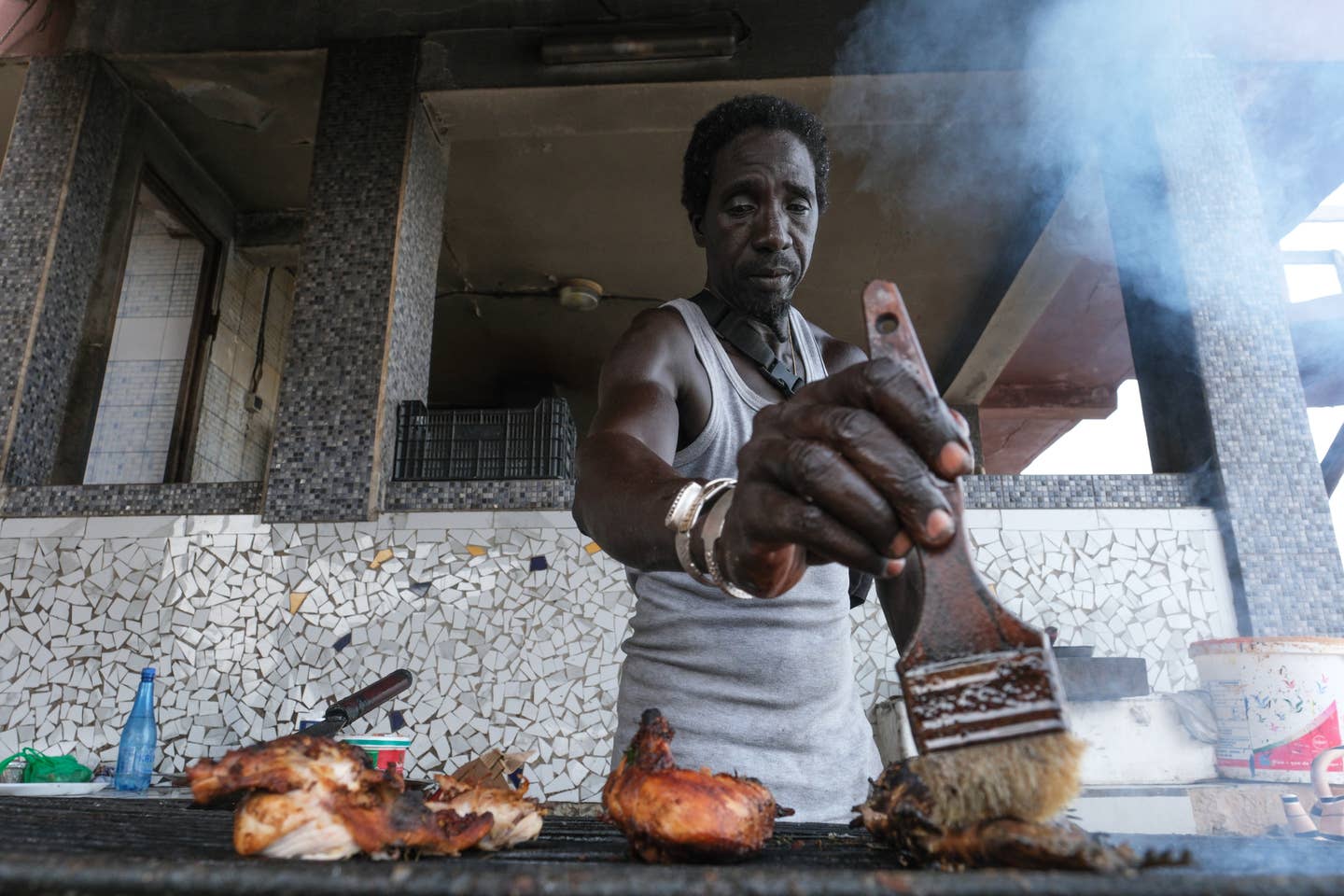
Salmon Superhighways
Different waterways along North America’s West Coast attract different species of Pacific salmon.
Salmon are anadromous, meaning they are born in freshwater, venture into the sea and remain there for a few years, and return to their birthplace to reproduce. Different waterways along North America's West Coast attract different species of Pacific salmon, and some attract multiple species, creating bustling piscine arteries during spawning season.
The Sacramento River, the Columbia River, and the Yukon River host the majority of the country's king salmon. The range of the coho salmon extends from Monterey Bay, on California's central coast, to Oregon's Umpqua River and Point Hope in northwest Alaska. Chum salmon can be found from the Tillamook Bay in Oregon to deep into the Mackenzie River in Canada's arctic Northwest Territories. Washington's Puget Sound, known for pink salmon, is also a key haven for sockeye salmon, which is also located in the Fraser River basin in British Columbia and Bristol Bay in Alaska. Other rivers, such as the Skeena and the Willapa, host prime salmon runs, too. "They just haven't been touted as well as the Yukon and Copper," says John Hilsinger, director of the Division of Commercial Fisheries at the Alaska Department of Fish and Game. A salmon's flavor, he notes, is affected by the food available in the river where they spend their early life and by that river's length (the longer the river, the more flavorful fat a fish puts on to prepare for the spawning journey), which explains why so many cooks are interested in a salmon's provenance.
Keep Reading
Continue to Next Story










